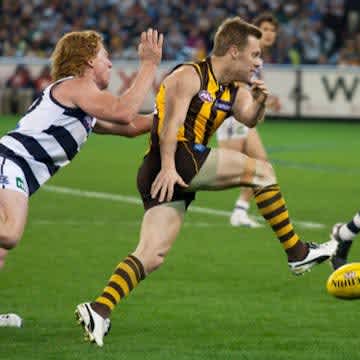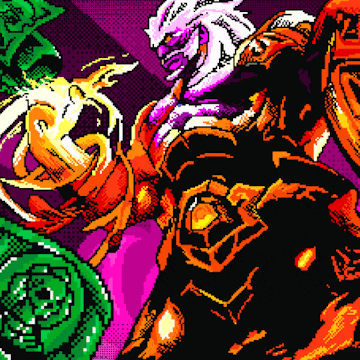AFL Positions Explained - Guide by Rivalry
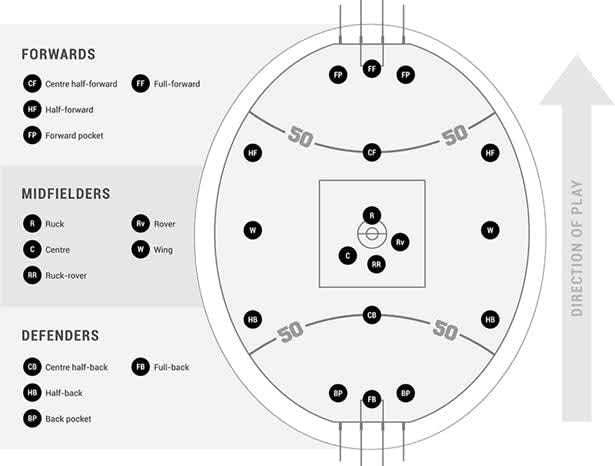
The Australian football team consists of 18 players that are separated into three main groups, defenders, midfielders, and forwards. There are also three substitute players allowed on the bench who can enter the game at any time through the interchange.
If one of the first-team players leaves the match, he can return after a 20 minutes period. With that being said, let's check out which are the main AFL positions and what their roles are.
Defenders
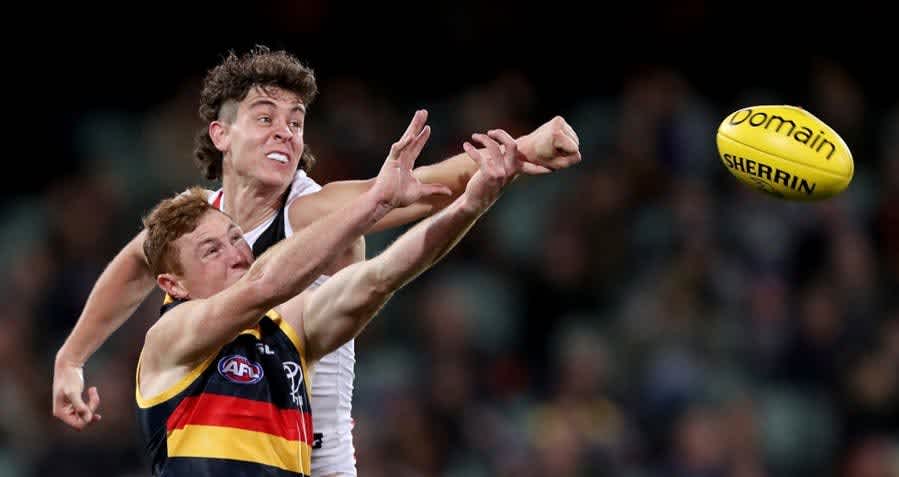
Full-Back
The main responsibility of a full-back is to mark the forwards of the opposing team and stop them from scoring goals. He must be big and strong enough to counter full-forward in one on one contests and clear ball forwards.
Back Pockets
Back pockets must be small and agile players as their main job is to defend against opposing forward pockets. There are two back pockets in every team to cover both forward pockets while marking the ball.
Half-Backs
The main job of a half-back is to prevent half-forwards from passing to forward pocket and scoring goals. They must enter the contest with forwarding pockets and compete for the ball.
Centre Half-Back
The centre half back stands in the middle of the half-backs. His job is to stop the centre half-forward. As centre half-forward is usually strong, the centre half-back has to be the same in order to stop him.
Midfielders
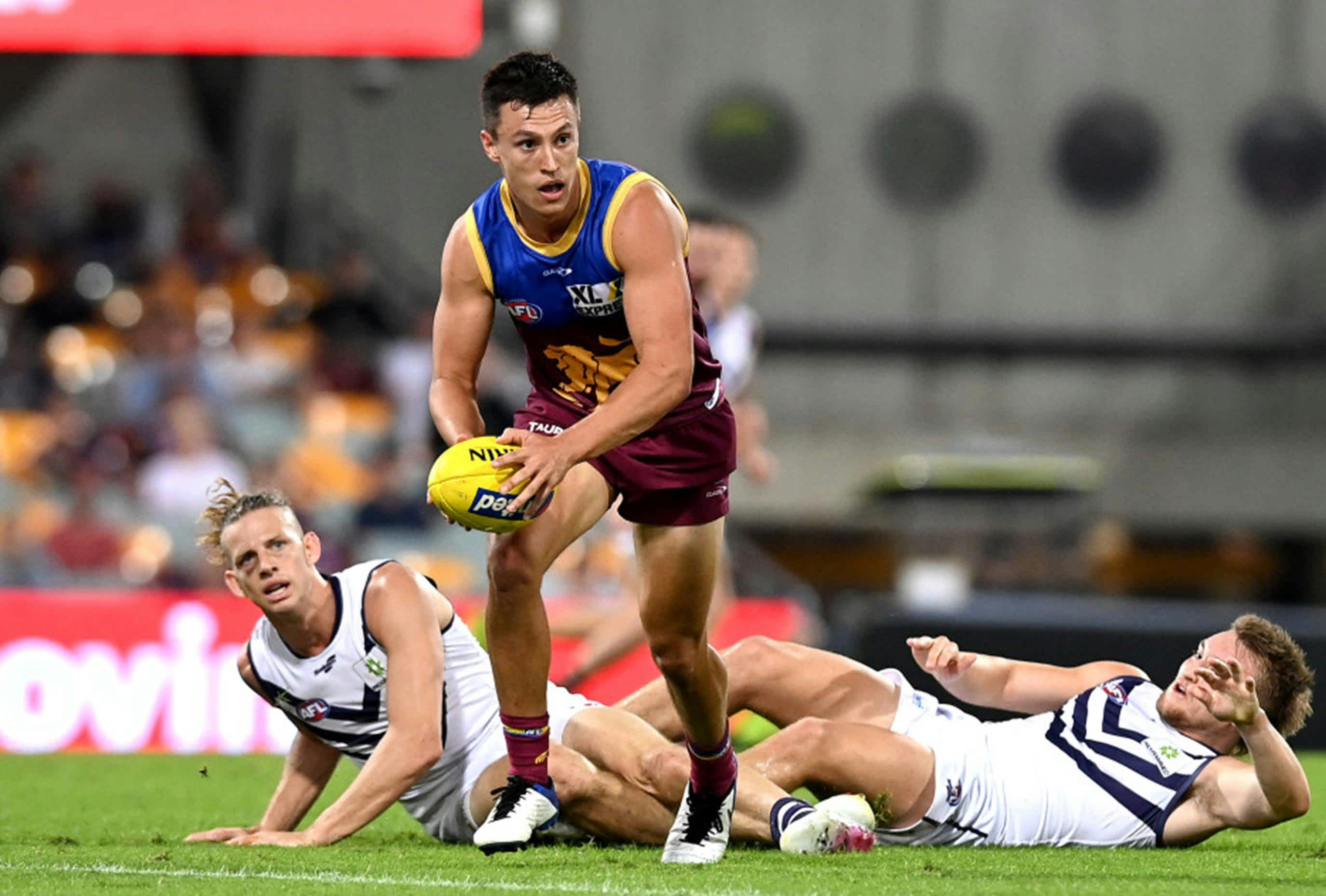
Wings
The primary role of a winger is to link the team from the backline to the forward line. There are two wingers who operate on one side of the pitch respectfully, they are also known as outside midfielders. They are running hot around the side while maintaining a safe distance from the contest.
Every winger is an elite runner with extraordinary stamina as they must run back and forwards and be able to change direction quickly.
The Ruck
The ruckman is one of the most important players on the midfield as he is the first point of contact at the beginning of play sequence. Rucks must be tall as their main responsibility is to win hit-outs and pass the ball forward to other midfielders or forwards. He must enter into every ruck contest.
Ruck Rover
The ruck rover is one of the inside midfielders who must follow the ball around the field and enter contests whenever possible while defending. If the team is attacking, ruck rover's job is to avoid contests and free themselves to become an alternate target to receive the ball from the ruck.
Rover
Rover players are also inside midfielders, a fast player whose job is to receive the ball from the ruck and ruck rover and outrun opposing rucks. Their speed and agility allow them to apply pressure on the other team while defending.
Centre
The centre player plays in the centre while supporting both attacking and defending players. His job is to win the ball before defenders and pass it to forward players to set up scoring shots.
Forward Line
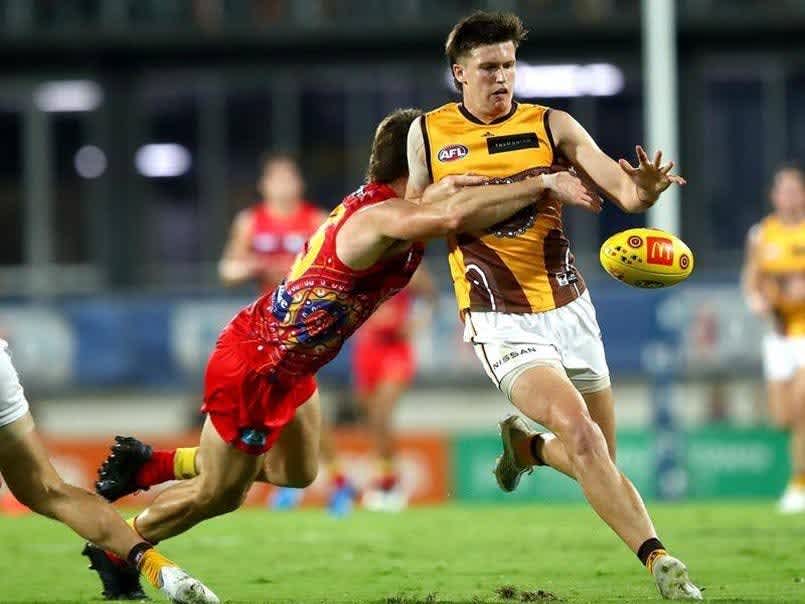
Full Forward
The full forward position requires a big and strong player, one of the strongest attacking players in the team. His key position is to play close to the goal waiting for midfielders to pass him the ball. His job is simple, he need to enter into one on one contests and kick goals.
Forward Pockets
Unlike full forward, the forward pockets must be smaller and more agile players to be able to dodge through defenders. They receive more balls than full forward just because they are more open and unprotected. That's why forward pocket usually kick goals no one contests and expect them to score.
Half-Forwards
Half forwards play on opposite sides of the pitch. Their job is to deliver the ball to either full forward or forward pocket. With winger's help, they create space, kick the ball forward and often score goals.
Centre Half-Forward
The half forward is a demanding position, something like a centre attacking midfielder. He usually plays in the forward line and assists balls to the forward pocket or full forward.
FAQs
What are the different player positions in AFL?
There are 13 player positions in the AFL: full forward, forward pockets, half-forward, center half-forward, wing, ruck, ruck-rover, rover, centre, full back, back pockets, half-back, and centre half-back.
What is the hardest position in AFL?
The center-half forward is sometimes considered the toughest and most challenging position to perform. A central forward must have good marks and kick well. He must be fast but also strong for them to hit the ball and score.
What is the easiest position to play in AFL?
There is no such thing as the easiest position in the modern day AFL. Defense is just as important as offense, so all positions are equally important and hard to play.


